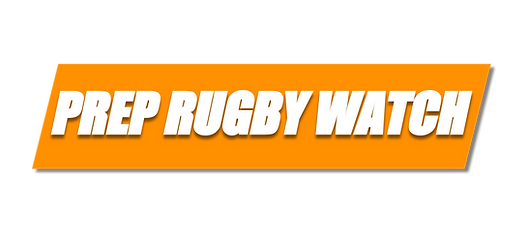Rugby IQ: Can we talk about that big hit in your highlight reel?
- Brandon Sparks
- Dec 19, 2024
- 3 min read

We are seeing a creeping trend in film submissions that needs to be discussed.
It is those big hits.
We aren't talking about those form-fitting, attack-stopping, and ball-carrier-burying tackles.
We are talking about the illegal ones. The ones that are painfully obvious that they are illegal. The ones that are hurting your rugby IQ score.
Let's look at what a good tackle is.
A rugby tackle is a defensive technique used in rugby (both Rugby Union and Rugby League) to stop an opponent who is carrying the ball. The primary goal of a tackle is to bring the ball carrier to the ground or stop their forward progress while adhering to the rules of the game.
Key features of a rugby tackle:
Target Area: Tackles must be made below the shoulder line to ensure safety and avoid penalties.
Positioning: The tackler uses their arms to wrap around the ball carrier, often aiming to encircle the legs or torso for effective control.
Head Safety: The tackler must position their head to the side of the ball carrier's body to avoid head-to-head collisions.
Follow-Through: After the tackle, the tackler must release the ball carrier immediately, roll away, and avoid interfering with the play at the breakdown (the ruck).
Legal Considerations: Dangerous tackles, such as high tackles (above the shoulder) or tackles involving the neck and head area, are penalized.
A good rugby tackle requires strength, timing, and proper technique to ensure both effectiveness and player safety.
To further expand on the fifth point, one must understand that this applies to dump tackles, as one of the mitigating factors a referee is trained to look at is if the defending player has done anything to endanger the attacking player's head or neck when it contacts the ground.
It is important you understand that when we are looking at a film, we are also looking at what is happening around the subject of the film.
Notice anything in this picture?

The tackle has occurred (the tackler is out of the frame of this shot), and the referee is blowing the whistle. The outcome was a penalty against the tackler for not wrapping in the tackle.
Here is another one:

Again, you see the referee signaling for a penalty against the defending team. The tackler raised the ball carrier's hips higher than his shoulders and then drove him into the ground.
Additionally, we are seeing players include clips in their highlight reels tackling players who have passed the ball. See this example below:

This one also resulted in a penalty for playing the man without the ball.
Why are we calling these types of plays to your attention?
We hate to break the news to you, but those aren't good defensive plays. The referee is the indicator of this. Now, you might think you can just cut the film not to include the referee, but that still doesn't change the action related to the law. Our goal has always been to help players put their best foot forward to us and coaches. By including clips of this nature, you are not representing the spirit of the game nor demonstrating your knowledge of the laws.
Mistakes happen. Penalties happen. But they are never worth highlighting.
This impacts your rugby IQ score in our rankings system. By including plays like this, you are projecting that you don't understand the laws of the game. If you don't know the laws of the game and present these as 'good' plays, you might be classified as a liability to coaches.
So, to recap, re-think that hit that might look 'cool' but is earning you and your team a penalty. Even if the referee isn't in the frame, know that the laws of the game are the laws of the game, and including a play like that does reflect upon you as a player. Think critically and work to include legal, aggressive, and fundamentally sound tackles. Rugby IQ is an important element in the rankings, and the player is 100% in control of representing accurately.





Comments